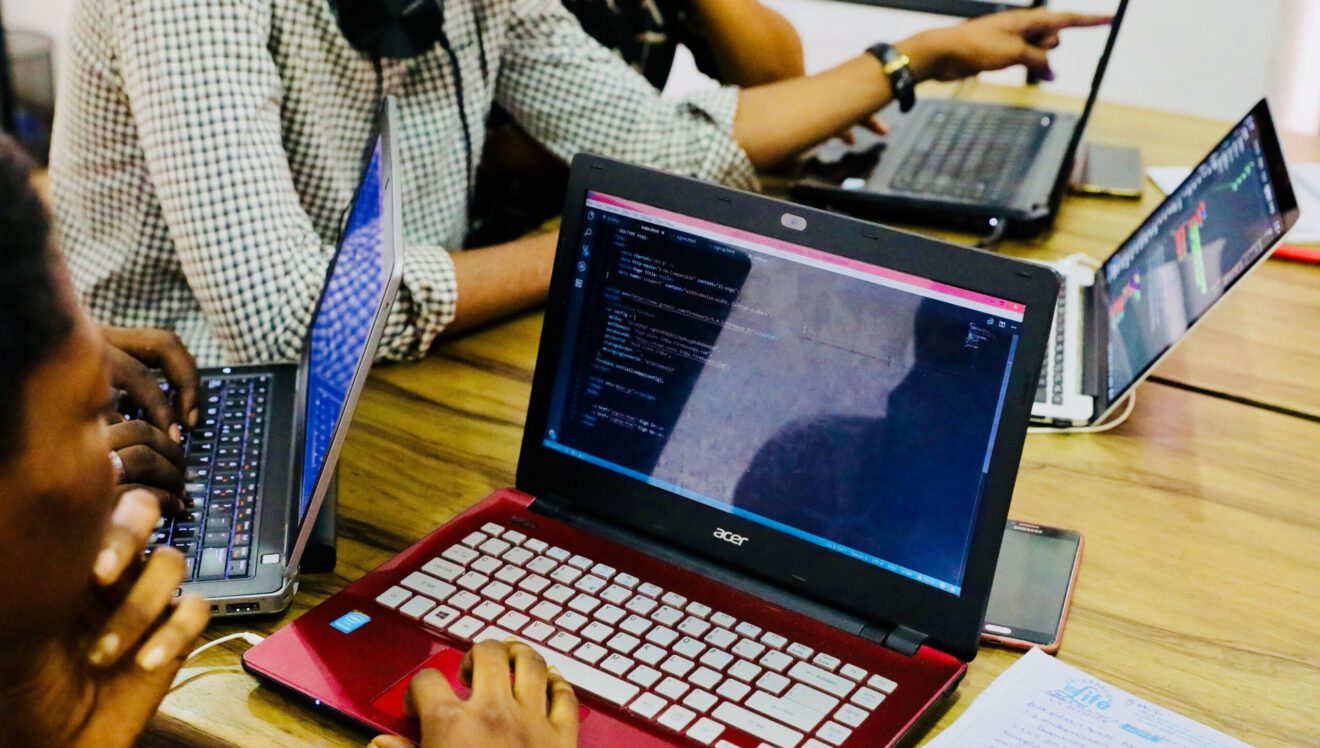Like many school districts, ours was suffering from technology and equipment that was anywhere from 8 to 12 years old in a world where anything older than 4 years old is considered a dinosaur. We had all different types of equipment across 376 instructional spaces and an educational technology approach that was mostly centered around students using computer labs sporadically. This was problematic from a learning standpoint because teachers won’t use technology if they can’t trust it to be reliable when they are delivering lessons.
Some of our other issues were inconsistent Wi-Fi, unreliable equipment, antiquated computer labs and inconsistent access to technology across both students and instructors. So, instead of working on technology as a daily occurrence in what students did to help demonstrate their evidence of learning, the technology itself was a field trip to the computer lab once a week or twice a month. That’s unacceptable in this day and age. Finally, we were also dealing with some major funding challenges when it came to upgrading our educational technology.
The good news is that we didn’t let any of these issues hold us back. We embarked on a journey that included outfitting instructional spaces across 10 schools with Boxlight flat panel displays, MimioStudio classroom software, document cameras, webcams, PC modules and mounts. We also deployed a mobile app aimed at supporting student engagement and districtwide collaborative learning.
Here are the four strategies we used to make our district transformation a reality:
- Make it ubiquitous. We wanted to be able to guarantee that if a student attended one school and then transferred to another within our district, that he or she would have the same access to the same type of technology, and that it was not based on where the student lived, or any type of demographic location. By taking this holistic approach to our investment in technology, training and professional development, we’ve been able to effectively use technology to enhance the classroom experience for all learners — from kindergarten right up through 12th grade.
- Get all stakeholders involved. We held a multiday “Visioning Event” centered on developing a mission and vision for the transformation. About 200 community members attended and helped to flush out the most critical goals for students, teachers and our district as a whole. Teachers were involved and got to ask questions and test out the equipment. We also had community members come and see firsthand what this equipment could do for their students and encouraged them to weigh in on the process. Through those interactions, we were able to boil our goals down to three major commitments: powerful instruction, equitable access and clear expectations. These commitments became the foundation for every board decision. Our district leadership and the school board use these commitments to guide their decisions on all new proposals.
- Ask your vendors to “show” rather than just “tell.” Our equipment selection process started with a tech showcase, where we asked various vendors to come in and present their offerings over a four-day period. We gave all of them a list of our “must-haves,” and told them that we didn’t just want a product demo. We also wanted to see how a presentation board, webcam, document camera, audio system and student devices could be seamlessly integrated to provide a very different learning experience for our kids. On the fifth day, we combined all the feedback we received from teachers, students, the vendors and community members and narrowed our choices down to a handful of viable options.
- Make professional development a priority. You can have the greatest technology in the world, but if teachers aren’t using those tools, then the investment is wasted. Knowing this, we put a lot of time and effort into the professional development aspect of our technological transformation. The problem is, many times trainers just come out and you wind up getting more of an ‘in-depth demonstration’ versus a learning experience, so this was a real game-changer for us. Our vendor provided really deep, rich information in short bits, but then immediately asked teachers to get right onto the task to use it and do it themselves. When teachers walked away from the experience, they could literally walk back into their classrooms and use the technology to deliver lessons.
Today, our education initiative is being enabled by technology that allows our teachers to create truly engaging and empowering learning environments with increased critical thinking, creativity, communication and collaboration. Through our vetting process, we were fortunate to find good vendor partners that have created technologies specifically designed to enhance student collaboration and powerful instruction. It never ceases to amaze me when I walk by a classroom and see our kindergartners talking about their discoveries and using the flat-panel displays during the first few weeks of the school year.
Rachelle Butz is the executive director of digital learning and infrastructure for Monroe School District in Monroe, Wash.
____________________________________________________________________________
Like this article? Sign up for SmartBrief on EdTech to get news like this in your inbox, or check out all of SmartBrief’s education newsletters , covering career and technical education, educational leadership, math education and more.
